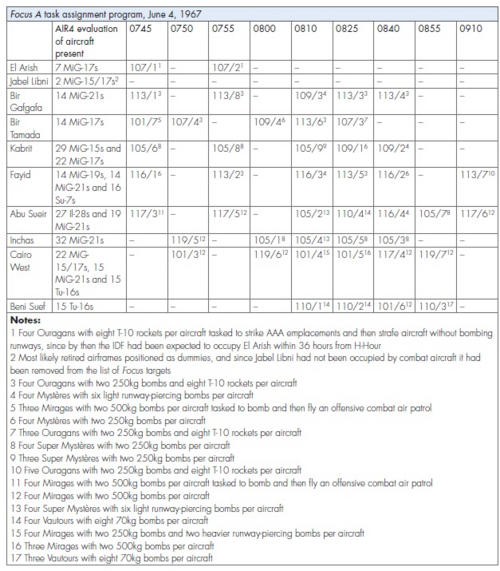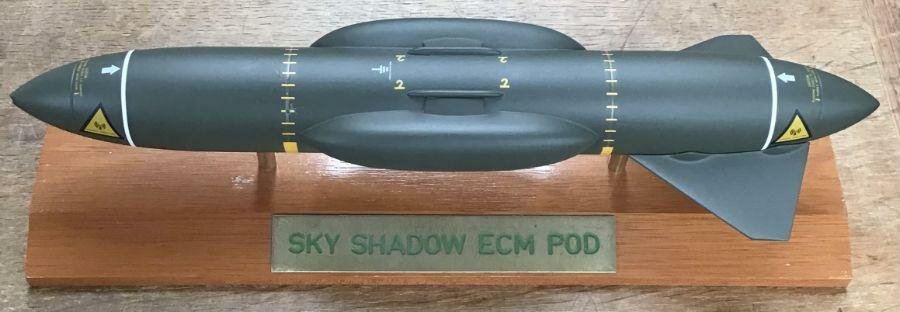- Joined
- 16 April 2008
- Messages
- 9,605
- Reaction score
- 14,497
As well he should have, because his office is the one that screwed up.
Why should an elected official that had no input to the decisions resign?
It was a good deal more complicated than that. Especially as the crisis neared its head on South Georgia, Lord Carrington was preparing to send a message to the Argentines that laid out clearly (in diplomatic terms) that Britain was not willing to discuss the future of the islands as long as Argentina was threatening them. But they needed some actual substance behind that and wanted the MoD to commit to leaving Endurance on station and taking other concrete measures to show the British commitment. But no one at MoD or #10 were willing to move quickly enough to back up that statement. Then South Georgia happened and the avalanche began.
I recommend Signals of War by Lawrence Freedman and Virginia Gamba-Stonehouse.



